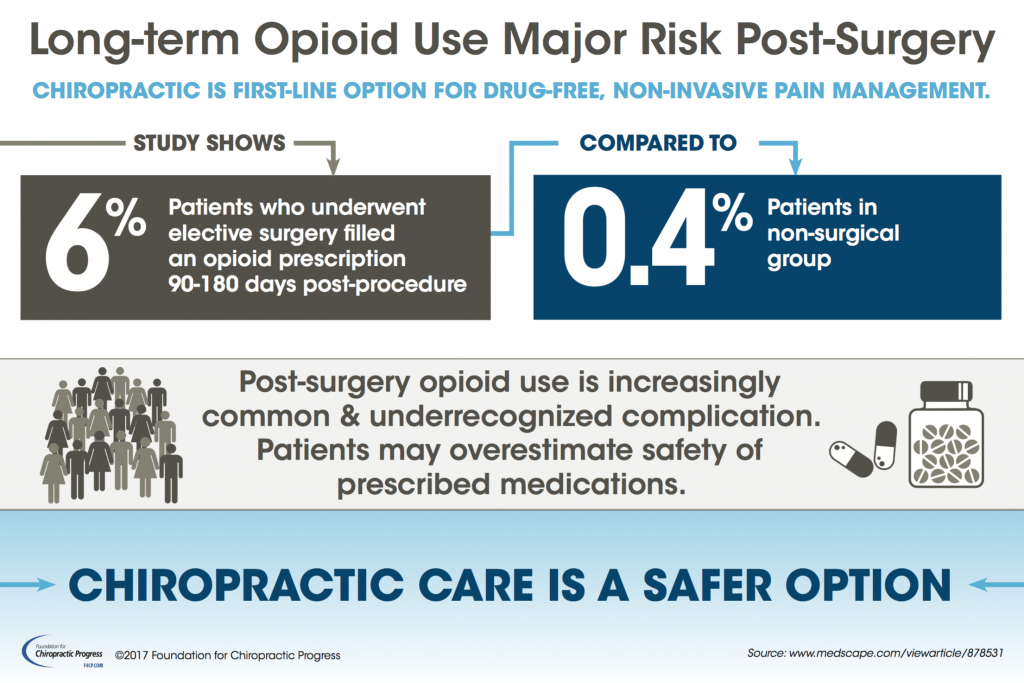Prepare To Delve Into The Remarkable World Of Mobile Communications In Cold Laser Treatment And Exactly How It Makes Use Of Light To Help With Recovery. Take A Deeper Study The Scientific Aspects!
Prepare To Delve Into The Remarkable World Of Mobile Communications In Cold Laser Treatment And Exactly How It Makes Use Of Light To Help With Recovery. Take A Deeper Study The Scientific Aspects!
Blog Article
Article Developed By-Rush Roman
You may have heard of cold laser treatment as an appealing treatment choice for various problems, however have you ever questioned how it really deals with a mobile level? Comprehending the mechanisms behind this therapy can shed light on its effectiveness in promoting healing and minimizing inflammation. By exploring laser skin resurfacing mount kisco behind cold laser therapy, you'll get insights right into the fascinating ways in which light can affect mobile processes and assist in tissue fixing.
Just How Cold Laser Treatment Works
To recognize exactly how cold laser therapy functions, you need to comprehend the essential concepts of how light power connects with biological cells. Cold laser treatment, additionally called low-level laser therapy (LLLT), utilizes certain wavelengths of light to permeate the skin and target hidden cells. Unlike the intense lasers used in procedures, cold lasers release low levels of light that do not generate warm or cause damage to the cells.
When laser surgery to quit smoking reach the cells, they're absorbed by parts called chromophores, such as cytochrome c oxidase in mitochondria. This absorption causes a collection of biological responses, including boosted cellular energy production and the launch of nitric oxide, which enhances blood circulation and lowers swelling.
Moreover, the light energy can likewise promote the production of adenosine triphosphate (ATP), the power money of cells, assisting in cellular repair service and regrowth procedures.
In essence, cold laser treatment utilizes the power of light energy to promote recovery and reduce discomfort in a non-invasive and gentle fashion.
Systems of Activity
How does cold laser treatment in fact work to create its restorative results on organic cells?
Cold laser therapy, likewise called low-level laser treatment (LLLT), runs through a process called photobiomodulation. When the cold laser is applied to the skin, the light energy penetrates the cells and is soaked up by chromophores within the cells.
These chromophores, such as cytochrome c oxidase in the mitochondria, are then promoted by the light energy, bring about a waterfall of organic responses. One vital device of action is the improvement of mobile metabolism.
The soaked up light energy boosts ATP manufacturing in the mitochondria, which is critical for cellular feature and fixing. In addition, cold laser treatment assists to reduce inflammation by inhibiting inflammatory conciliators and advertising the release of anti-inflammatory cytokines.
This anti-inflammatory result contributes to discomfort alleviation and tissue healing.
Healing Impacts
Comprehending the therapeutic results of cold laser treatment entails identifying how the boosted mobile metabolism and anti-inflammatory residential or commercial properties add to its positive outcomes on organic tissues.
When the cold laser is related to the damaged area, it boosts the mitochondria within the cells, causing boosted production of adenosine triphosphate (ATP), which is important for cellular feature and repair work. This boost in cellular power accelerates the recovery process by advertising tissue regrowth and lowering swelling.
Moreover, the anti-inflammatory residential properties of cold laser therapy help to reduce pain and swelling in the targeted area. By inhibiting inflammatory conciliators and advertising the release of anti-inflammatory cytokines, cold laser therapy help in alleviating discomfort and improving the general recovery response.
This decrease in swelling not only gives prompt alleviation but likewise sustains long-lasting tissue repair work.
Conclusion
Finally, cold laser therapy works by stimulating cellular fixing and cells regrowth through photobiomodulation. Its anti-inflammatory residential properties offer pain relief and decrease swelling by inhibiting inflammatory conciliators.
This treatment uses a detailed technique to recovery, supplying both immediate alleviation and long-lasting tissue repair service benefits.
Via its devices of action, cold laser treatment shows to be an effective and promising treatment alternative for a selection of problems.
